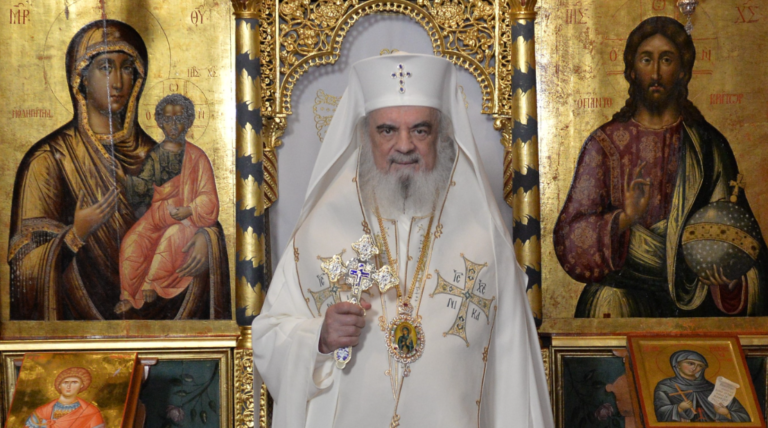Saint Paraskeva “shows us that holiness does not depend on age,” said Patriarch Daniel of Romania on Monday. “You don’t need to be advanced in age to be holy; rather, the intensity of faith, piety, kindness, or merciful love demonstrates the holiness of Christ at work in those who carry His merciful love in their hearts.”
The Patriarch explained why the Akathist Hymn to Saint Paraskeva differs from those of other saints: “It doesn’t recount the history of her life, but in each oikos, it highlights her virtues, especially her mercy.”
“She was very generous and merciful, often providing food for the poor. Saint Paraskeva even gave her golden cross, which she had worn around her neck since baptism, to a poor man.”
“Saint Paraskeva lived briefly but very intensely,” added Patriarch Daniel.
“She was, above all, humble and deeply loved God and her fellow humans. She was humble, devout, and merciful. Her power to heal and help the faithful stems from her total connection with God, who works wonders through His saints.”
“Saint Paraskeva is the most beloved saint whose relics are located in Romania. A telling proof of this is that nearly 500 churches, most of them parish churches, are dedicated to and under the protection of Saint Paraskeva,” the Patriarch noted.
Protectress of Bucharest
Patriarch Daniel of Romania also recalled that October 27 this year marks 80 years since the saint’s relics were brought to Bucharest for 17 days during World War II: “Between April 10 and October 27, 1944, her relics were housed at Samurcășești Monastery in the village of Ciorogârla, near Bucharest, to prevent them from being desecrated during the war.”
“On October 27, 1944, they were brought from Ciorogârla to the Patriarchal Cathedral. Patriarch Nicodim Munteanu received them and said the relics would remain there for a few days for all the faithful in Bucharest to venerate them—eight days, he said, in the porch of the Patriarchal Cathedral,” Patriarch Daniel recalled.
“However, such was the devotion of the people of Bucharest that, instead of eight days, the relics stayed in the Patriarchal Cathedral for 17 days, from October 27 to November 13.”
“For 17 days, the people of Bucharest venerated the relics of Saint Paraskeva. This explains why, later on, so many churches in Bucharest adopted the feast of Saint Paraskeva as their first, second, or third patronal feast,” the Patriarch added.
Uniting Orthodox Peoples in Communion
The Romanian Patriarch also spoke about the saint’s popularity throughout the Balkan area:
“She is a saint who gathers Orthodox peoples together in prayer and communion. This is especially evident in the book we printed in Iași in 2000 at the Trintas Metropolian Publishing House, titled Saint Paraskeva, the Pilgrims’ Guide; it was printed in Romanian, English, and Greek.”
“There are testimonies in that book regarding the devotion of Romanians, Greeks, Bulgarians, and Serbs to Saint Paraskeva.”
The Journey of Saint Paraskeva’s Relics
The Patriarch recounted the history of the saint’s relics, from Epibates to Constantinople and eventually to Romania:
- Around 1035: The saint was buried in Epibates, Thrace, a region near Constantinople.
- October 14, 1235: Emperor John Asen II brought the relics to the capital of the Bulgarian-Romanian Empire, Tarnovo (since then, this date marks her feast day).
- 1393: Under Ottoman pressure, the relics were moved to Vidin.
- 1396: The saint’s relics were taken from Vidin to Belgrade, Serbia.
- 1521: When Serbia fell under Ottoman rule and became a Turkish pashalik, the relics were brought to Constantinople (where they were kept in various locations, including, in 1586, in the Palace of the Wallachian Prince, Vlah Saray; in 1601, they were placed in the Church of St. George at the Phanar).
- June 13, 1641: The relics of Saint Paraskeva were brought to Iași and placed in the Church of the “Three Holy Hierarchs.” In 1889, they were moved to the Metropolitan Cathedral in the city.
Patriarch Daniel participated in the Divine Liturgy on Monday, celebrated in the historic chapel of St. George the Great Martyr at the Patriarchal Residence.
Photo: Lumina Newspaper
Source: basilica.ro

